Home>Storage Ideas>Kitchen Storage>What To Get Rid Of For A Minimal Kitchen: Chefs And Organizers
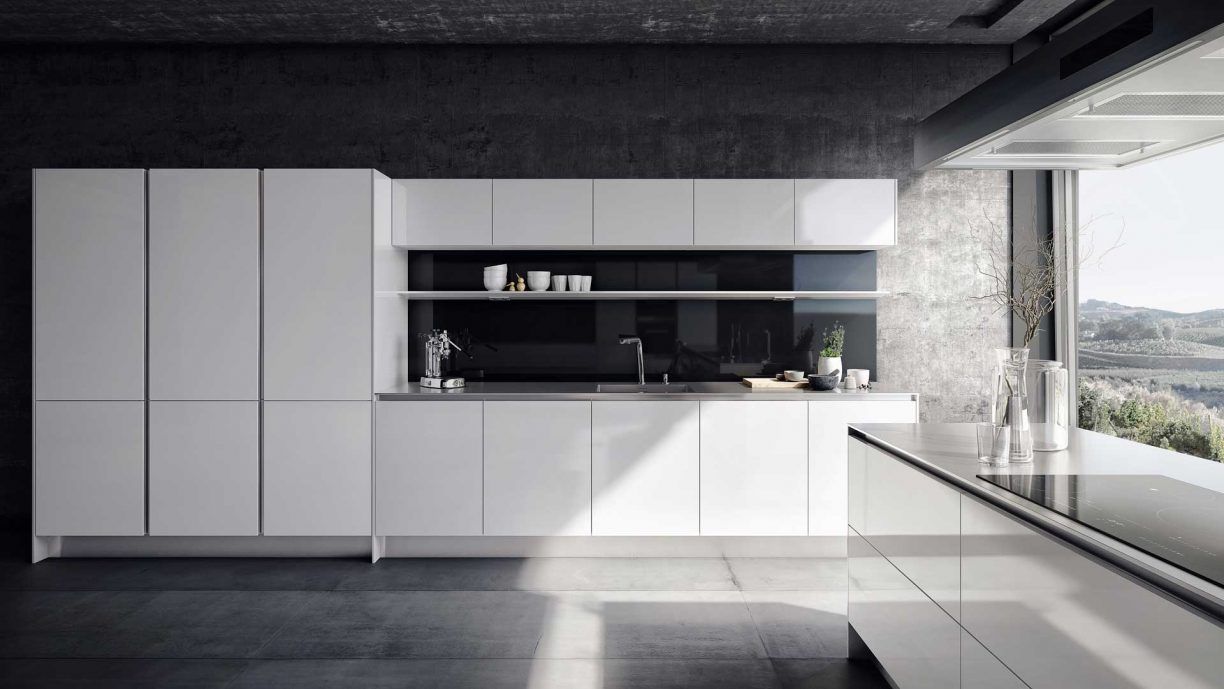

Kitchen Storage
What To Get Rid Of For A Minimal Kitchen: Chefs And Organizers
Modified: January 19, 2024
Discover the best kitchen storage ideas to achieve a minimalistic kitchen. Get rid of clutter and maximize space with expert tips from chefs and organizers.
(Many of the links in this article redirect to a specific reviewed product. Your purchase of these products through affiliate links helps to generate commission for Storables.com, at no extra cost. Learn more)
Introduction
Welcome to the wonderful world of kitchen storage ideas! In this comprehensive guide, we will explore creative and practical ways to optimize your kitchen space and keep it organized. Whether you are a passionate home cook, a professional chef, or just someone looking to create a more efficient kitchen, these tips and ideas will help you transform your space into a functional and visually appealing oasis.
A well-organized kitchen not only makes cooking a breeze, but it also adds to the overall aesthetic appeal of your home. Clutter-free countertops, easily accessible utensils, and smart storage solutions can make a world of difference in your daily cooking routine. So, let’s dive right in and discover the secrets to creating a practical, minimalist kitchen that will inspire your inner chef and organizer.
Key Takeaways:
- Embrace a minimalist kitchen by decluttering unnecessary gadgets, streamlining cookware, and maximizing storage. Create a sleek, functional space that enhances your cooking experience and adds visual appeal to your home.
- Optimize your kitchen with efficient organization, smart storage solutions, and minimalist design principles. Enjoy a clutter-free, visually appealing space that inspires creativity and makes cooking a joy.
Essential Kitchen Tools
An efficient kitchen starts with the right tools. Here are some essential items that every kitchen should have:
- Chef’s Knife: A high-quality chef’s knife is a must-have for any cook. Look for one that feels comfortable in your hand and has a sharp blade for precision cutting.
- Cutting Board: Invest in a durable cutting board that won’t dull your knives. Opt for one made of bamboo or wood, which are both eco-friendly and gentle on your blades.
- Measuring Cups and Spoons: Accurate measurements are crucial in cooking and baking. Make sure you have a set of measuring cups and spoons to ensure your recipes turn out just right.
- Mixing Bowls: A variety of mixing bowls in different sizes is essential for food preparation. Look for bowls that are microwave and dishwasher safe for added convenience.
- Non-Stick Cookware: Non-stick pans are a kitchen staple, making cooking and cleaning a breeze. Invest in a few high-quality non-stick pots and pans for your everyday cooking needs.
- Utensils: A set of essential kitchen utensils, including a spatula, tongs, whisk, and ladle, will help you tackle any recipe with ease. Make sure to choose utensils made of durable and heat-resistant materials.
- Food Storage Containers: Keep your ingredients fresh and well-organized with a collection of food storage containers. Opt for stackable containers with tight-fitting lids to save space in your cabinets.
- Appliances: Depending on your cooking preferences, you may want to invest in a few useful appliances such as a blender, food processor, or slow cooker. Choose appliances that will be utilized frequently and fit your cooking style.
By having these essential kitchen tools on hand, you’ll be equipped to handle a wide range of recipes and cooking tasks. Remember, it’s all about quality over quantity, so invest in the best tools you can afford for long-lasting performance.
Unnecessary Gadgets to Eliminate
Kitchens can often become cluttered with gadgets and appliances that are rarely used. To create a more minimalist and streamlined kitchen, it’s important to identify and eliminate unnecessary items. Here are a few gadgets that you can consider getting rid of:
- Single-Purpose Appliances: Take stock of any appliances that only serve a single purpose. Do you really need that popcorn maker or hot dog toaster? Consider donating or selling these items to free up valuable counter and storage space.
- Excessive Small Appliances: While gadgets like blenders and coffee makers are undoubtedly useful, having multiple versions of the same item can be excessive. Assess your needs and consider consolidating these appliances into one multi-functional device.
- Outdated Electronics: If you have outdated electronics, such as an old toaster oven or microwave, it may be time to upgrade to more energy-efficient models. Not only will you save space, but you’ll also appreciate the improved functionality.
- Novelty Gadgets: Novelty kitchen gadgets may seem fun at first, but they often end up collecting dust in a drawer. Dispose of items like avocado slicers or strawberry hullers that don’t offer significant value or convenience in your daily cooking routine.
- Unusable Cookware: Take a critical look at your cookware collection. If you have pots and pans that are scratched, damaged, or rarely used, it’s time to let them go. Opt for a few versatile, high-quality pieces that will cover all your cooking needs.
- Excessively Large Appliances: Consider the size and frequency of use for larger appliances. If you rarely use that massive stand mixer or food processor, it may be taking up precious counter or cabinet space. Discard or rehome these items if they are not essential to your cooking style.
By eliminating unnecessary gadgets from your kitchen, you will not only declutter your space but also make it easier to find and access the items you truly need. Stick to the essentials and invest in quality tools and appliances that will stand the test of time.
Clearing Out Cluttered Cabinets
Cabinets are often the heart of kitchen storage, but they can quickly become cluttered and disorganized. Clearing out your cabinets is a crucial step in creating a minimalist kitchen. Here’s how you can tackle this task:
- Empty the Cabinets: Start by emptying all the contents from your cabinets. This will give you a fresh perspective and allow you to assess what you have and what you actually use.
- Declutter and Sort: Sort through each item and ask yourself if you really need it or if it serves a purpose. Donate or discard items that are damaged, expired, or rarely used. Consider keeping only those items that are essential and bring you joy in your cooking process.
- Organize by Category: Once you’ve decluttered, organize your items by categories. Group similar items together, such as baking supplies, spices, or canned goods. This will make it easier to find what you’re looking for when you need it.
- Invest in Storage Solutions: Maximize the space in your cabinets by using storage solutions such as drawer dividers, shelf risers, and stackable bins. These tools can help you optimize the vertical space and keep everything neat and accessible.
- Consider Open Shelving: If you’re up for a more radical change, consider removing cabinet doors and implementing open shelving. This can create a minimalist and visually appealing display for your dishes and glassware while also encouraging you to keep them organized.
Clearing out cluttered cabinets may seem like a daunting task, but it is a transformative step in creating an organized and functional kitchen. With a little time and effort, you can achieve a clutter-free space that inspires you to cook and keeps everything within easy reach.
Streamlining Cookware and Utensils
Having a streamlined collection of cookware and utensils not only reduces clutter in your kitchen but also helps you work more efficiently. Here are some tips to help you streamline your kitchen essentials:
- Assess Your Needs: Take a close look at your cookware and utensils and assess which items you truly need and use on a regular basis. Consider the type of cooking you do and prioritize the essentials.
- Invest in Multi-Functional Pieces: Look for cookware that can serve multiple purposes. For example, a large pot can be used for boiling pasta, making soup, or steaming vegetables, eliminating the need for separate pots for each task.
- Quality Over Quantity: Instead of having a large collection of cheap and low-quality cookware, invest in a few high-quality pieces that will last longer and perform better. Opt for durable materials like stainless steel or cast iron.
- Simplify Your Utensils: Only keep utensils that you use regularly. Donate or discard those that are damaged, duplicates, or have no practical use in your kitchen. Invest in a set of versatile utensils that can handle a variety of tasks.
- Consider Space-Saving Solutions: If space is limited in your kitchen, consider space-saving cookware options. Look for nesting pots and pans or utensils with compact designs that can be easily stored.
- Properly Store Your Cookware: Store your cookware in a way that maximizes space and keeps things organized. Hang pots and pans on a pot rack or use hooks inside cabinets to utilize vertical space. Stack nesting cookware to save space.
By streamlining your cookware and utensils, you’ll not only reduce clutter but also make your kitchen more efficient and functional. A well-thought-out collection of essentials will make cooking a breeze and ensure you have everything you need within reach.
Get rid of single-use kitchen gadgets and tools that take up space but are rarely used. Stick to versatile, multi-purpose items to keep your kitchen minimal and functional.
Read more: How To Get Rid Of Caterpillars In The Garden
Efficient Kitchen Organization Strategies
Organizing your kitchen in an efficient manner can make all the difference in creating a functional and enjoyable cooking space. Here are some strategies to help you achieve optimal kitchen organization:
- Group Similar Items Together: Keep like items together to create a sense of order and ease of access. Store baking supplies in one area, spices in another, and pots and pans in a designated cabinet or drawer. This will make it easier to find what you need when you need it.
- Utilize Drawer Dividers: Use dividers in your drawers to create separate spaces for utensils, measuring spoons, and other small kitchen tools. This will prevent them from getting mixed up and make it easier to find what you’re looking for.
- Label Everything: Labeling your storage containers and spice jars not only adds a touch of organization but also makes it easier to identify ingredients. Use clear labels or a label maker to create a neat and consistent system.
- Arrange by Frequency of Use: Store frequently used items in easily accessible locations, while infrequently used items can be stored in higher or lower cabinets. This ensures that the items you need most often are within arm’s reach.
- Maximize Vertical Space: Take advantage of vertical space by using hooks or racks to hang pots, pans, and cooking utensils. This frees up valuable drawer and cabinet space while keeping frequently used items easily accessible.
- Maintain a Cleaning Routine: Regularly clean and declutter your kitchen to prevent items from accumulating and becoming disorganized. Set aside time each week or month to reassess and reorganize your kitchen to maintain a clutter-free environment.
- Invest in Storage Solutions: Use stackable containers, adjustable shelves, and drawer organizers to maximize your storage space. Utilize shelves inside cabinets and install pull-out or rotating organizers to make the most of every inch.
Efficient kitchen organization keeps everything in its place, reduces stress, and makes it a joy to cook. By implementing these strategies, you’ll create a well-organized kitchen that not only looks great but also functions effortlessly.
Maximizing Counter Space
Counter space is a precious commodity in any kitchen, and maximizing it is essential for creating a functional and efficient cooking area. Here are some tips to help you make the most of your counter space:
- Declutter: Clear your countertops of any unnecessary items. Keep only the essentials, such as frequently used appliances or utensils, on display. This will instantly create more space and give your kitchen a clean and organized look.
- Utilize Wall Space: Install wall-mounted shelves or racks to hold items that would otherwise take up valuable counter space. Hang pots, pans, and even spice racks on the walls to free up additional room.
- Invest in Multi-Functional Appliances: Opt for appliances that can serve multiple purposes to eliminate the need for separate devices. For example, choose a toaster oven that can also act as an air fryer or a blender with a food processing attachment.
- Store Often-Used Items Nearby: Keep frequently used items, such as cutting boards, knives, and measuring spoons, within easy reach of your primary workspace. This will prevent you from having to constantly search for them and save time during meal preparation.
- Utilize Vertical Storage: Take advantage of vertical space by installing hooks or magnetic strips on the wall to hang utensils or knives. Use vertical knife blocks or wall-mounted spice racks to free up counter space.
- Invest in In-Cabinet Storage Solutions: Maximize the storage potential of your cabinets by using stackable shelves or under-shelf baskets. These can help create additional storage levels within your cabinets, making it easier to access and organize items.
- Keep Small Appliances Hidden: If you have limited counter space, consider storing small appliances like coffee makers, toasters, and blenders in dedicated appliance garages or cabinets. This keeps them easily accessible while reducing visual clutter on your counters.
By implementing these strategies, you’ll be able to maximize your counter space and create a more efficient and organized kitchen. Not only will you have more room to work, but you’ll also enjoy a clutter-free and visually appealing cooking area.
Creating a Functional Pantry
A well-organized pantry is a game-changer in the kitchen. It not only provides ample storage space for your groceries but also makes it easier to see and access items when you need them. Here are some tips to help you create a functional and efficient pantry:
- Declutter and Take Inventory: Start by decluttering your pantry and taking inventory of what you have. Discard expired items and donate any unopened and non-perishable items you no longer need.
- Categorize Your Supplies: Group similar items together, such as grains, canned goods, spices, and baking supplies. This will make it easier to find what you need and prevent items from getting lost or forgotten at the back of the pantry.
- Invest in Storage Containers: Use clear, airtight containers to store dry goods such as pasta, rice, and flour. This not only keeps them fresh for longer but also creates a uniform and visually pleasing look inside your pantry.
- Label Everything: Label your storage containers and shelves to create a systematic and organized pantry. Use labels that are easily readable and ensure they are on the front of the containers for easy identification.
- Utilize Adjustable Shelving: Make use of adjustable shelving to accommodate items of different sizes. This allows you to maximize vertical space and customize the layout of your pantry based on your needs.
- Use Lazy Susans and Tiered Organizers: Lazy Susans and tiered organizers are great for maximizing space and providing easy access to items at the back of shelves. Use them for condiments, spices, or canned goods to make everything accessible with a simple spin or rotation.
- Create Zones: Assign specific shelves or sections for different categories of items. For example, reserve one shelf for snacks, another for baking supplies, and a separate one for breakfast items. This makes it easy to locate items and maintain an organized pantry over time.
- Maintain a Rotation System: When restocking your pantry, place newer items behind older ones to ensure proper rotation and prevent food waste. This will also help you keep track of items that need to be used sooner.
By following these tips, you can create a functional and efficient pantry that makes meal preparation a breeze. An organized pantry not only saves you time and money but also adds to the overall aesthetic of your kitchen.
Minimalist Kitchen Design Inspiration
A minimalist kitchen design emphasizes simplicity, clean lines, and functionality. It is about creating a space that is free from unnecessary clutter and distractions. Here are some design ideas to inspire your minimalist kitchen:
- Neutral Color Palette: Opt for a neutral color palette, such as whites, grays, or light beiges, for your kitchen walls, cabinets, and countertops. This creates a calm and cohesive look while allowing the focus to be on the essential elements of the kitchen.
- Sleek and Streamlined Cabinets: Choose minimalist cabinet designs with clean lines and minimal hardware. Handleless cabinets or sleek, simple handles can give your kitchen a contemporary and uncluttered look.
- Open Shelving: Incorporate open shelving to display your dishes, glassware, and cookbooks. This not only adds an elegant touch but also encourages you to keep your items organized and neatly arranged.
- Minimalist Countertops: Opt for minimalistic countertops like quartz or marble with subtle patterns or solid colors. Keep the surface clean and clutter-free, limiting appliances and decorative items to maintain a minimalistic aesthetic.
- Functional Lighting: Install bright, functional lighting to illuminate your workspaces. Use recessed or track lighting to eliminate cluttered fixtures and ensure optimal visibility while cooking.
- Hidden Appliances: Integrate your appliances into the cabinetry for a seamless and minimalist look. Panel-ready appliances or built-in ovens and refrigerators create a cohesive and uncluttered design.
- Simple Backsplash: Choose a simple and clean backsplash design, such as subway tiles or solid-colored tiles, to maintain a minimalist aesthetic. Avoid busy patterns or intricate designs that can overwhelm the space.
- Minimalist Decor: Limit accessories and decor items to a select few that add visual interest without overwhelming the space. Consider incorporating elements like potted plants or a minimalist wall clock to infuse a touch of warmth and personality.
- Efficient Storage Solutions: Invest in smart storage solutions to keep your kitchen organized and clutter-free. Use built-in drawers, pull-out shelves, and vertical storage to maximize space and keep everything in its place.
- Clean and Clutter-Free Surfaces: Keep your countertops clear of unnecessary items. Store small appliances, cutting boards, and utensils in cabinets or designated storage spaces to maintain a clean and uncluttered look.
Remember, minimalist design is all about simplicity and functionality. Embrace clean lines, open spaces, and a clutter-free environment to create a minimalist kitchen that is both visually appealing and highly functional.
Conclusion
Creating a well-organized and functional kitchen is key to making your cooking experience enjoyable and efficient. By implementing the ideas and strategies discussed in this article, you can transform your kitchen into a minimalist oasis of organization and style.
Start by decluttering and eliminating unnecessary gadgets and appliances that take up valuable space. Streamline your cookware and utensils, keeping only what you truly need and use regularly. Clear out cluttered cabinets and optimize storage with the help of dividers, stackable containers, and storage solutions.
Maximizing counter space is essential for a minimalist kitchen, so consider utilizing vertical storage, wall space, and investing in multi-functional appliances. Create a functional pantry by categorizing items, labeling storage containers, and utilizing various organizers to make everything easily accessible.
Inspired by minimalist design principles, transform your kitchen into a sleek and clean space. Choose a neutral color palette, opt for sleek and streamlined cabinets, and incorporate open shelving to display your essentials. Keep lighting efficient and hidden appliances integrated for a seamless look.
By embracing a minimalist approach to your kitchen, you’ll not only enjoy a clutter-free and organized space but also enhance your cooking experience. A minimalist kitchen allows you to focus on what truly matters: creating delicious meals and enjoying quality time with loved ones.
So roll up your sleeves, dive into the world of kitchen storage ideas, and begin the journey toward a more efficient, minimalist kitchen. Your culinary adventures await!
Frequently Asked Questions about What To Get Rid Of For A Minimal Kitchen: Chefs And Organizers
Was this page helpful?
At Storables.com, we guarantee accurate and reliable information. Our content, validated by Expert Board Contributors, is crafted following stringent Editorial Policies. We're committed to providing you with well-researched, expert-backed insights for all your informational needs.
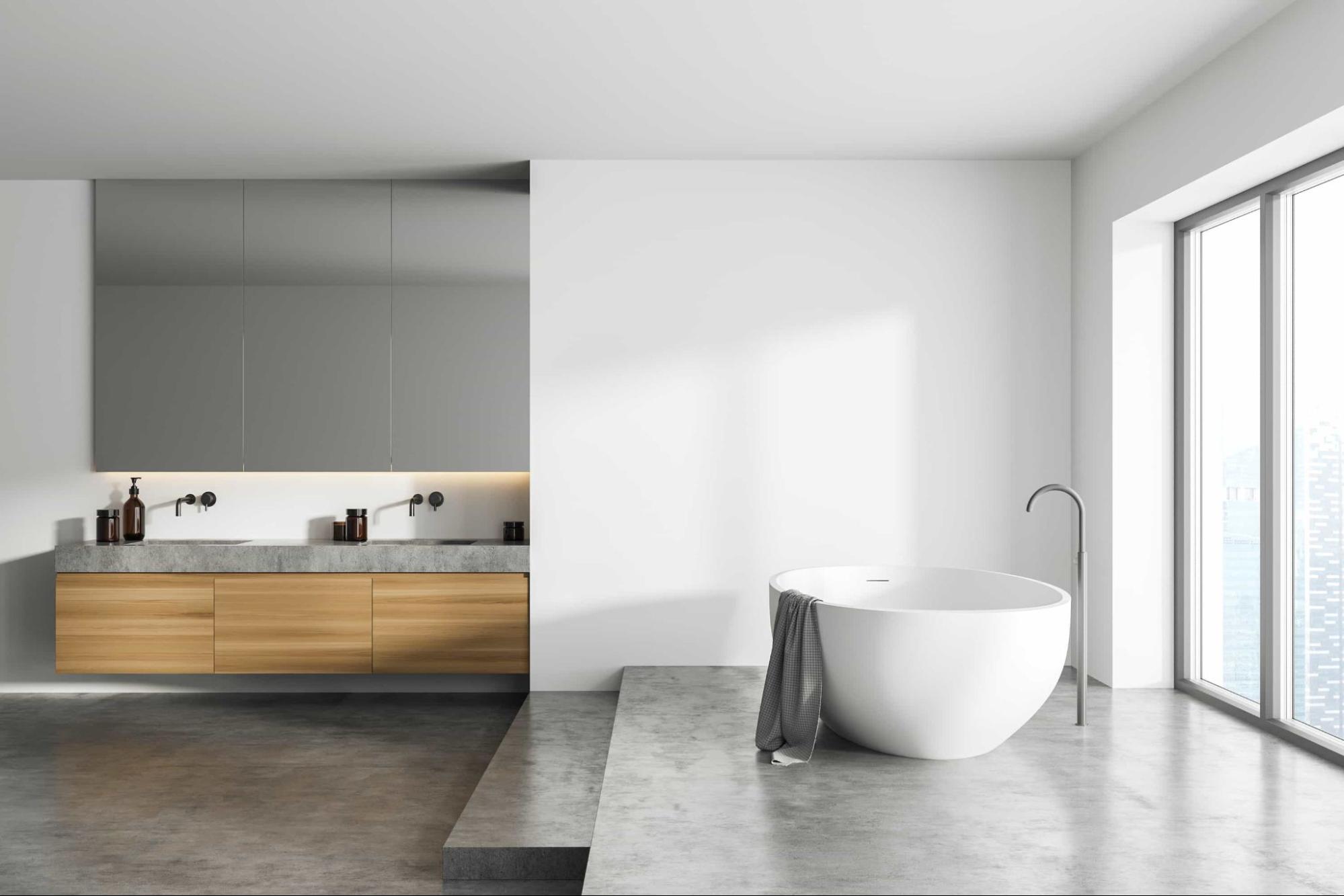
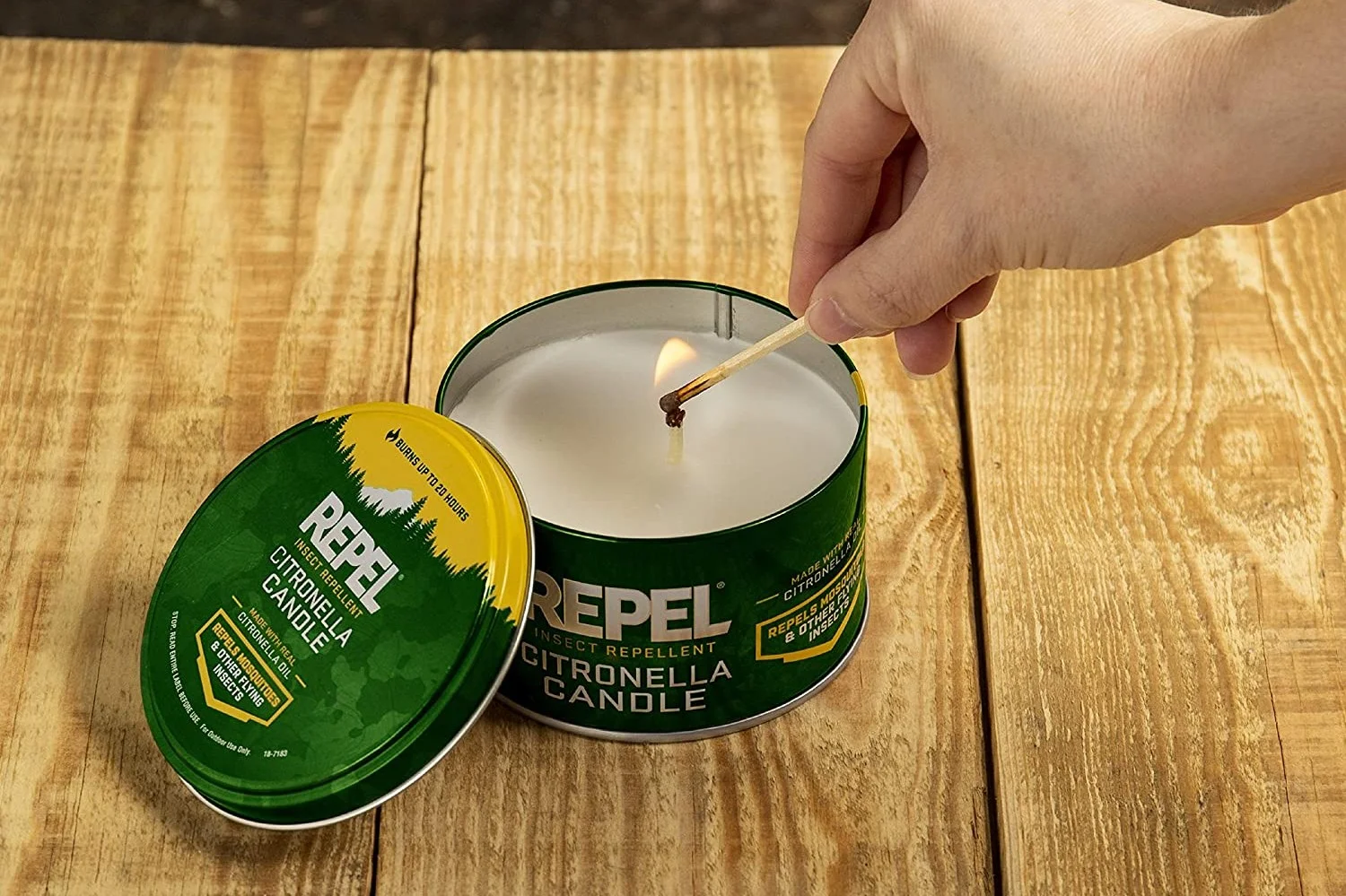
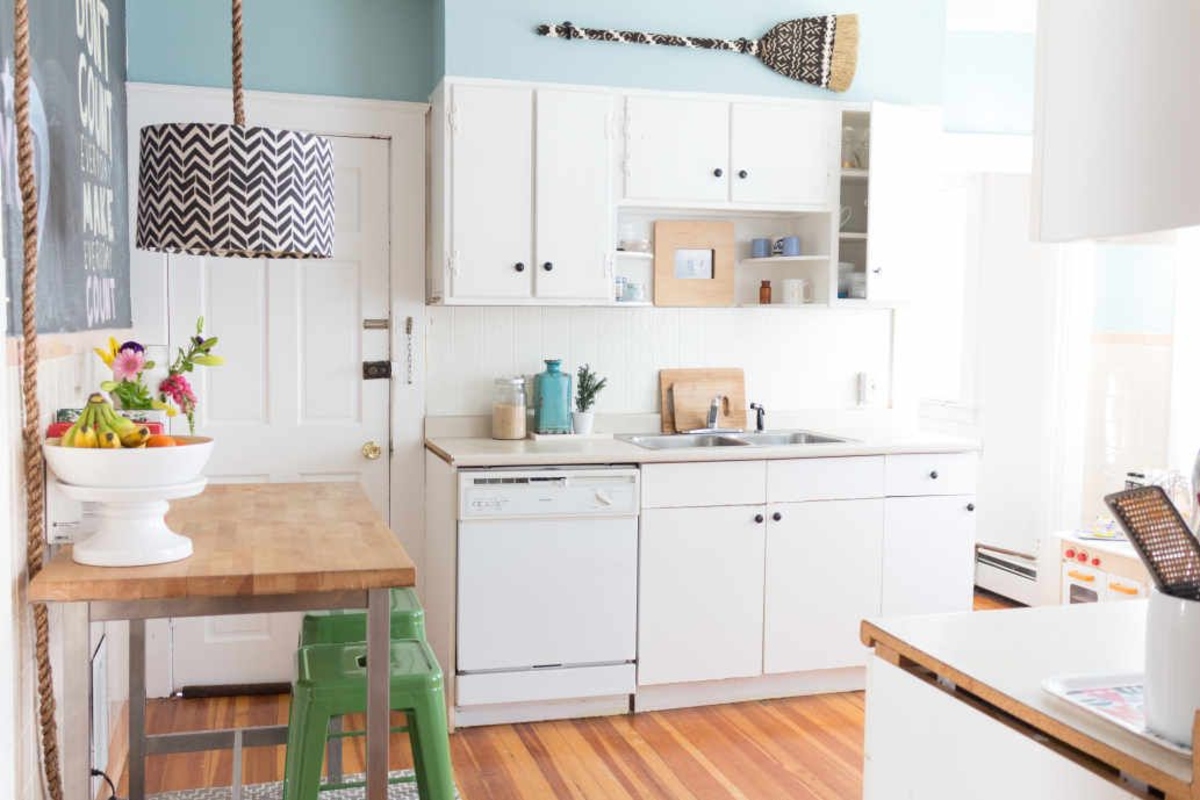
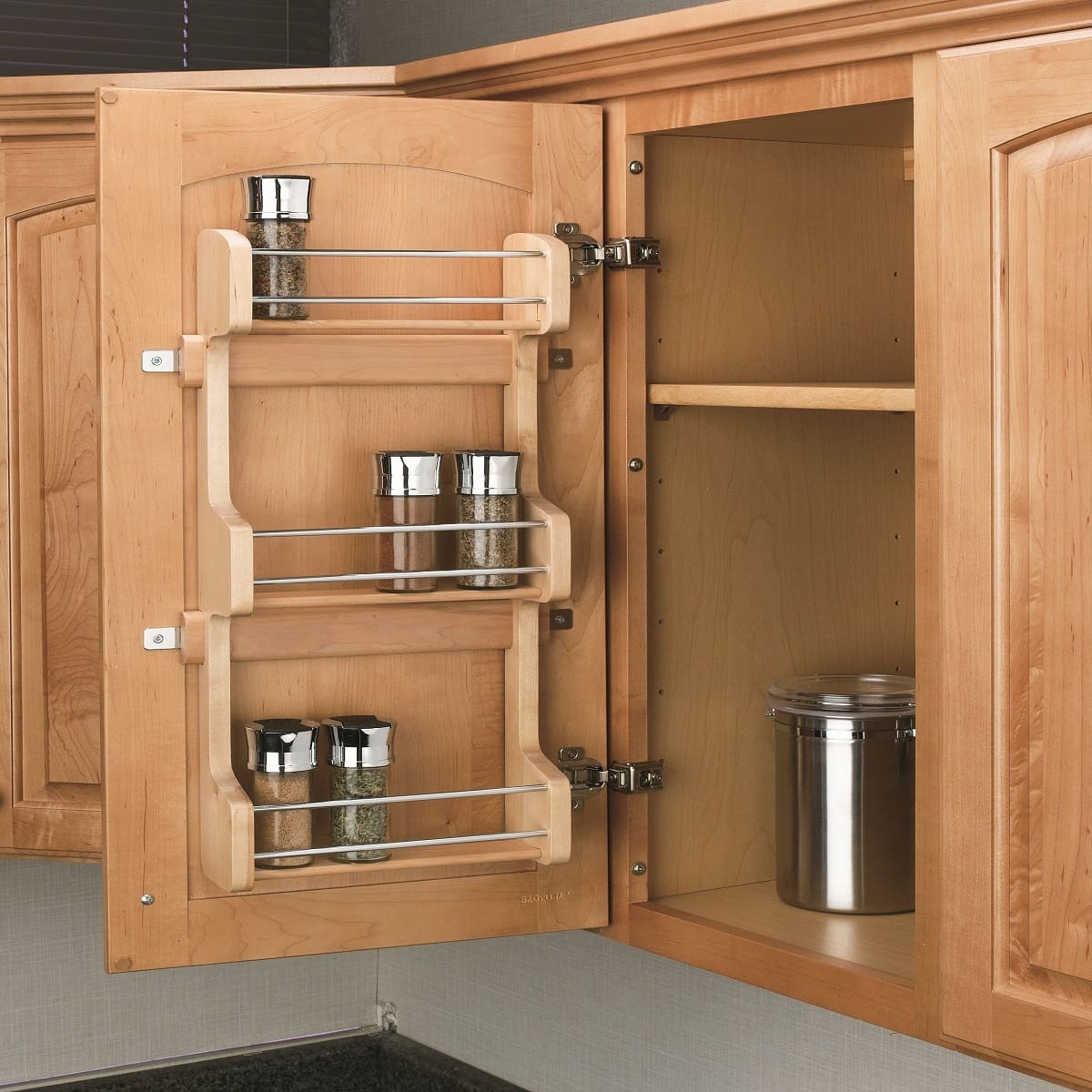
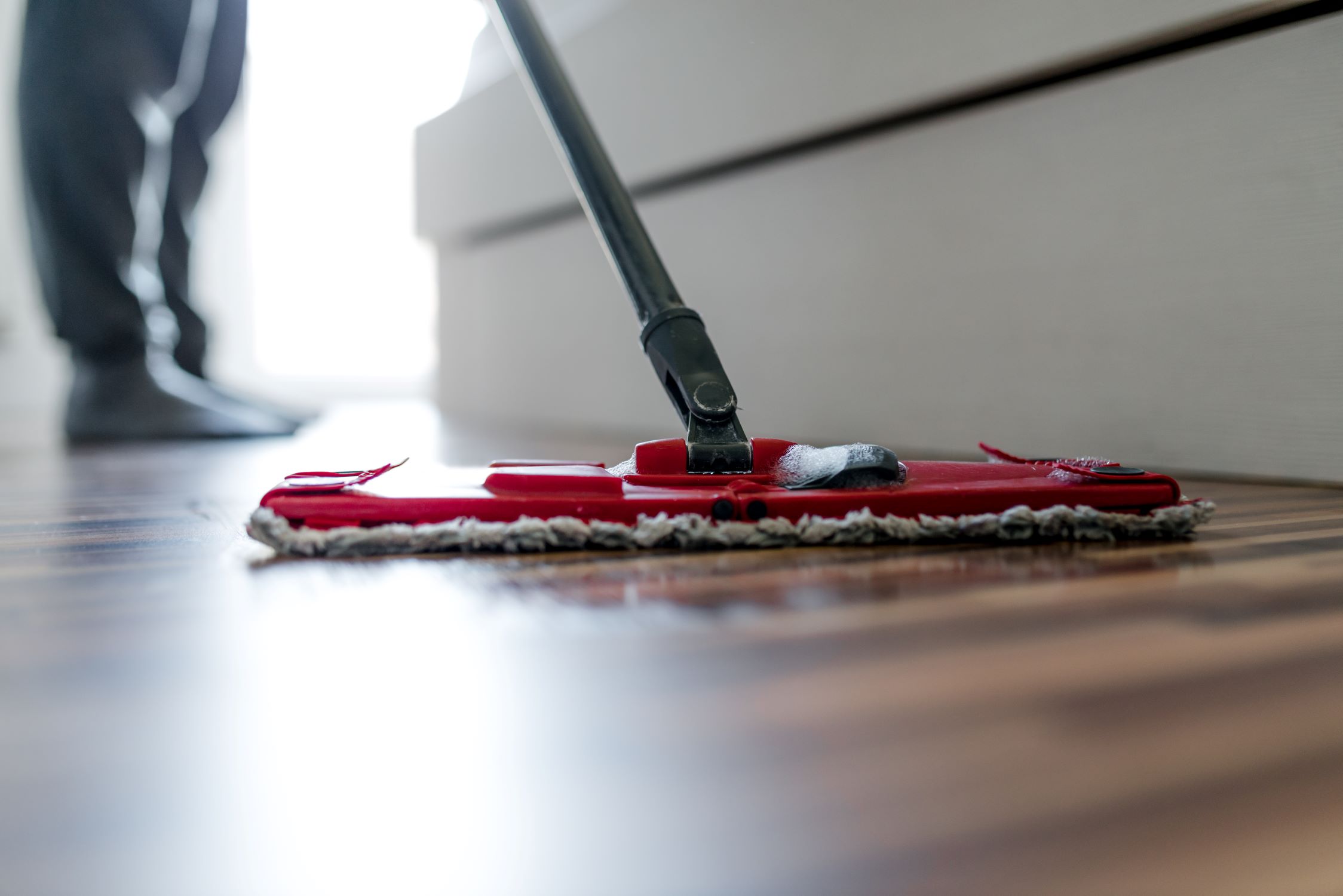
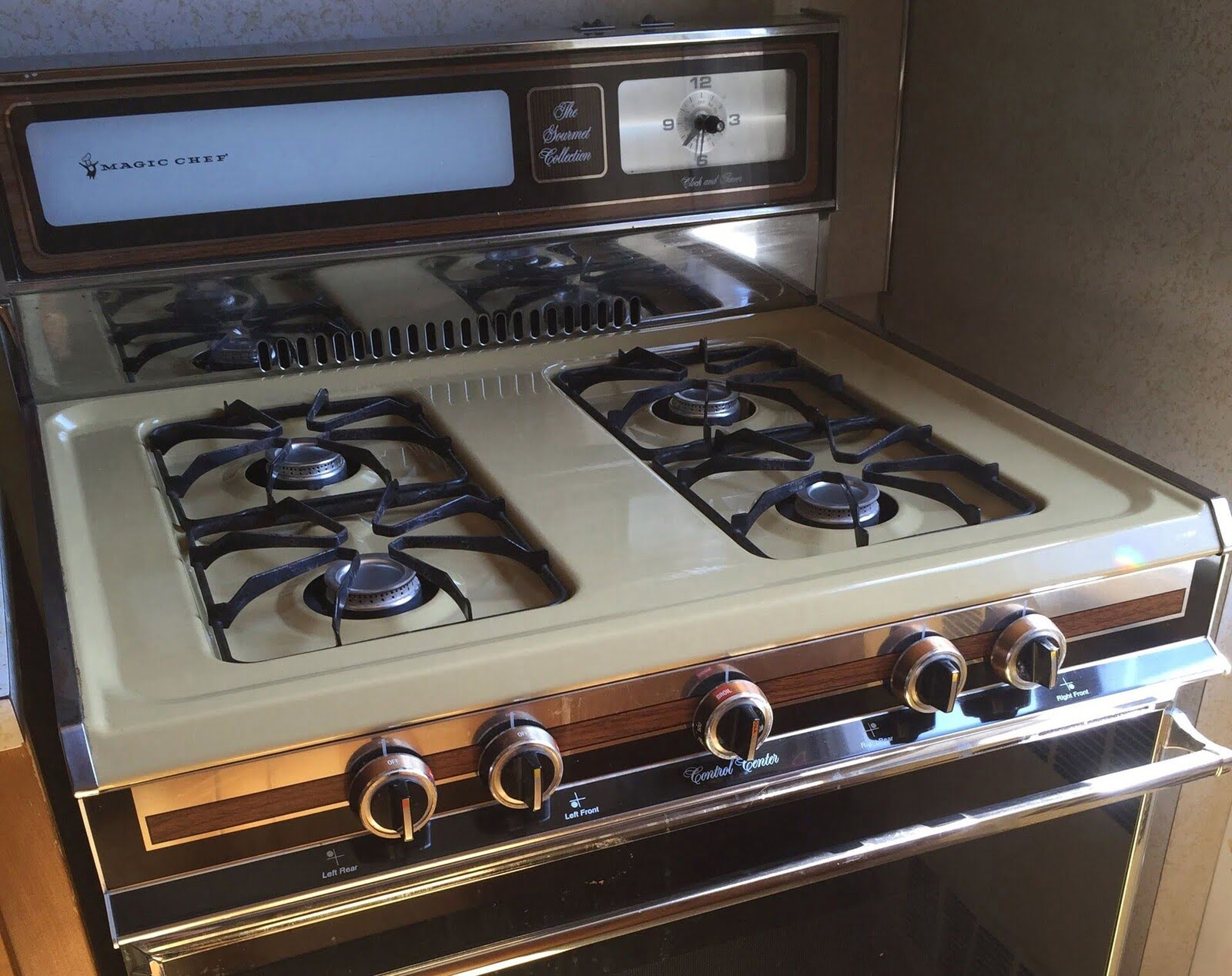

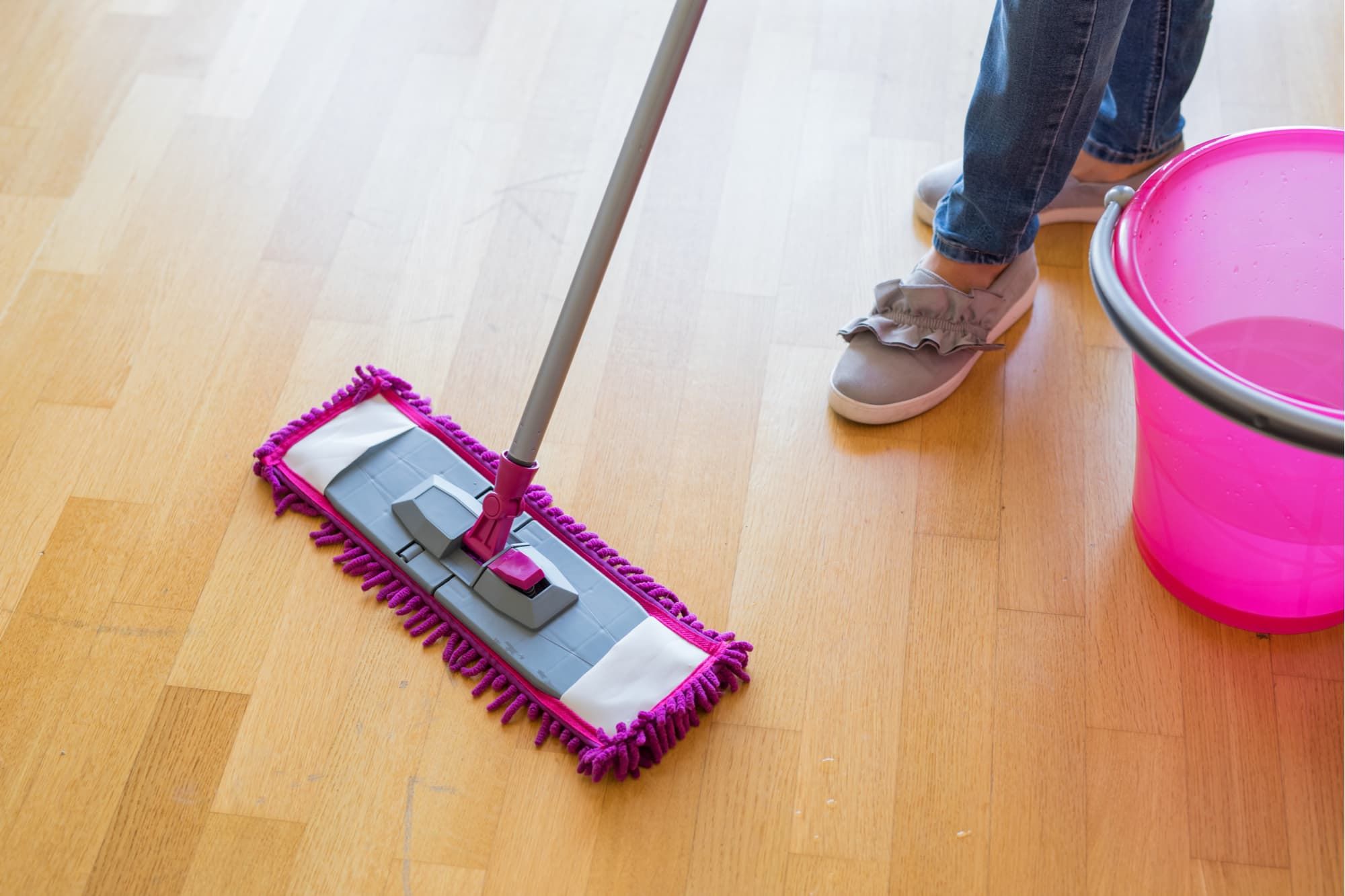
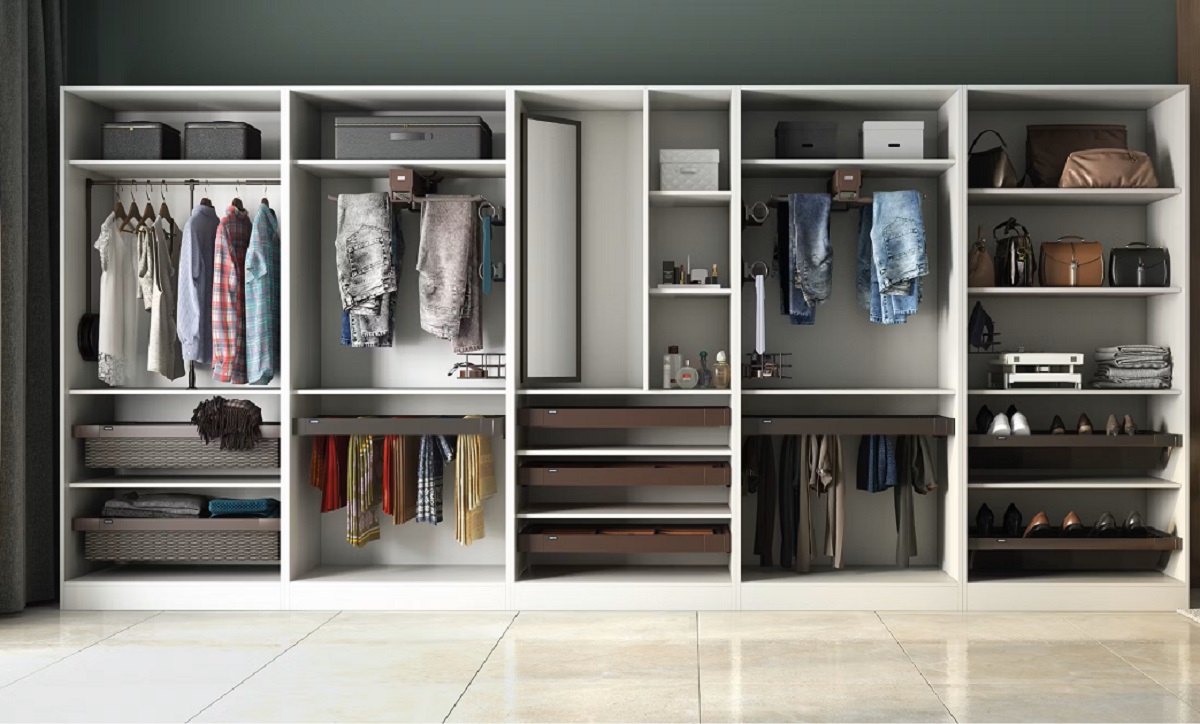
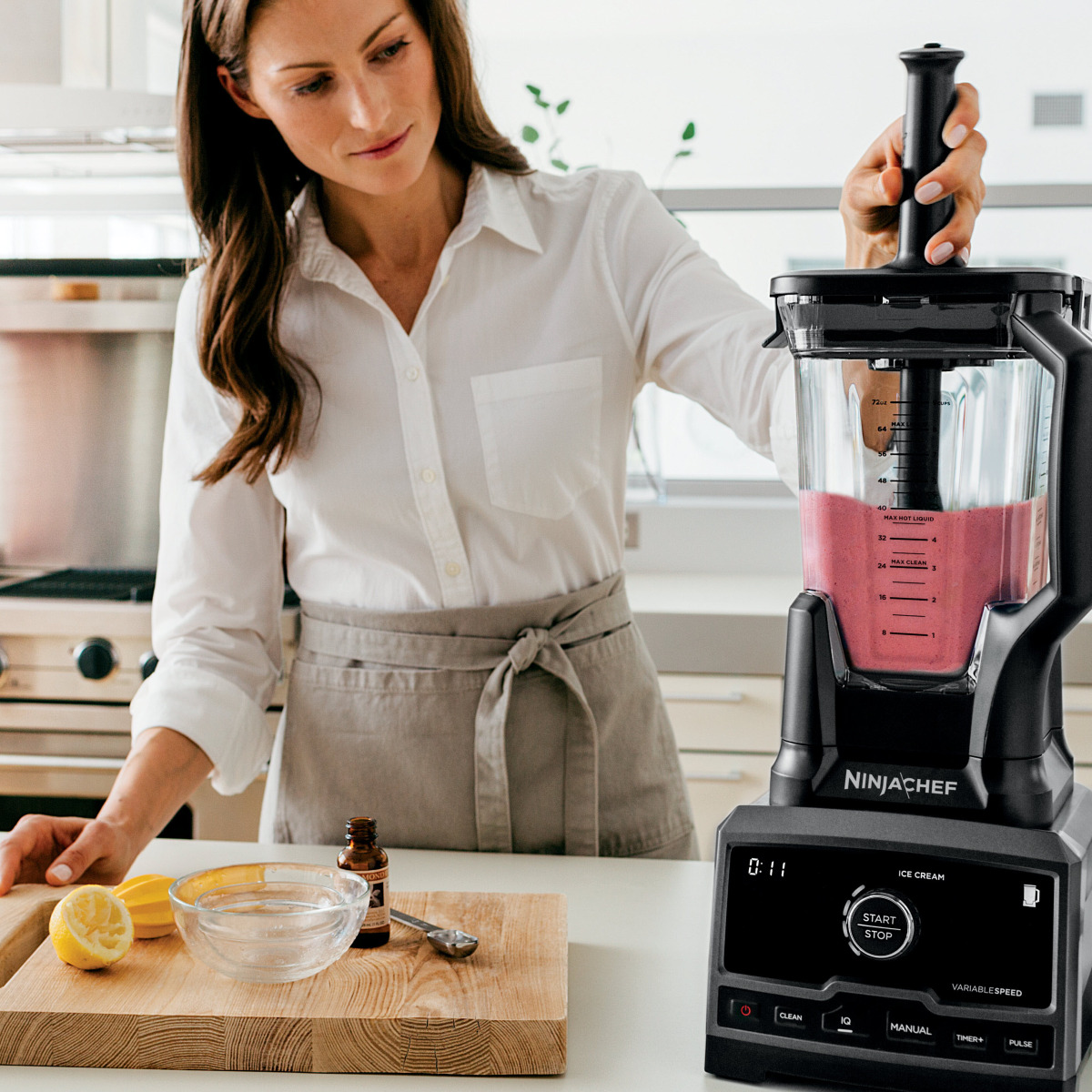
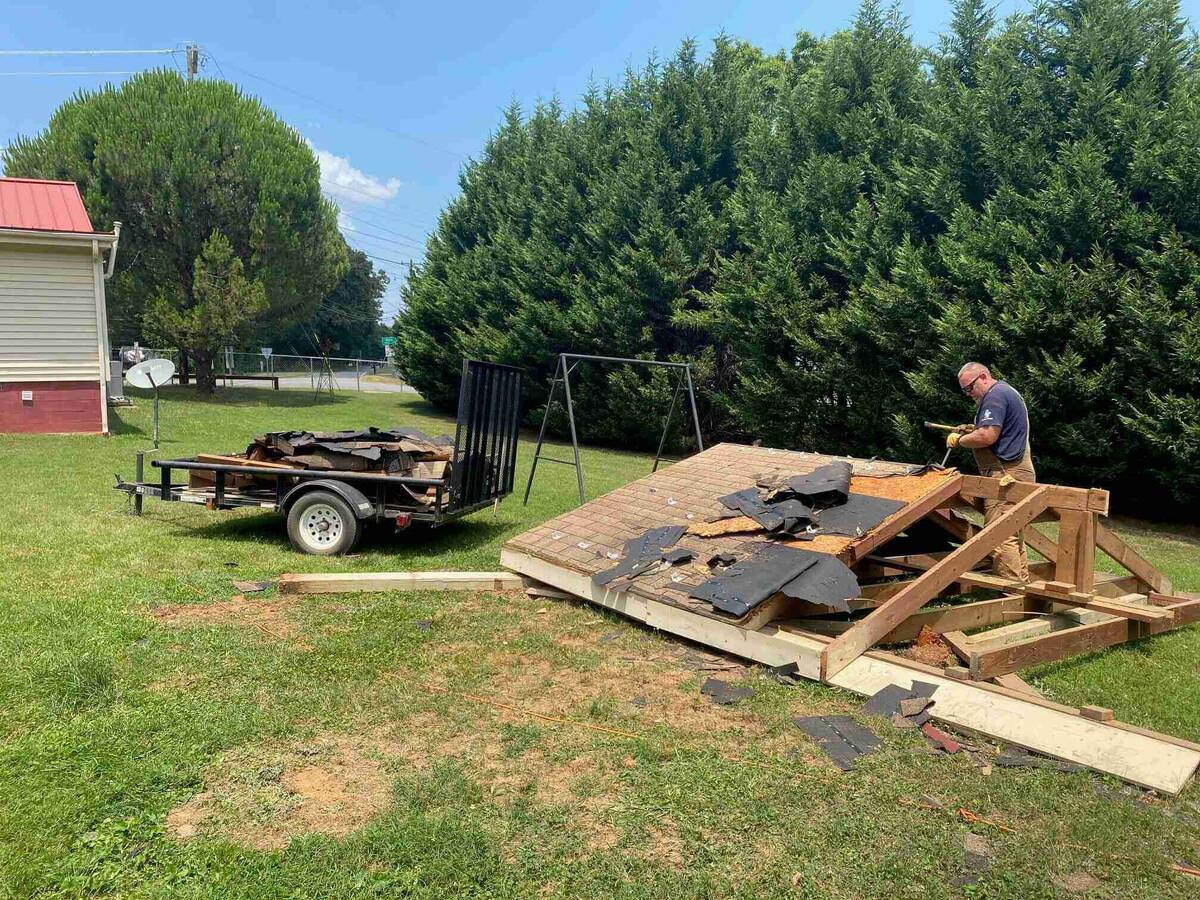



0 thoughts on “What To Get Rid Of For A Minimal Kitchen: Chefs And Organizers”